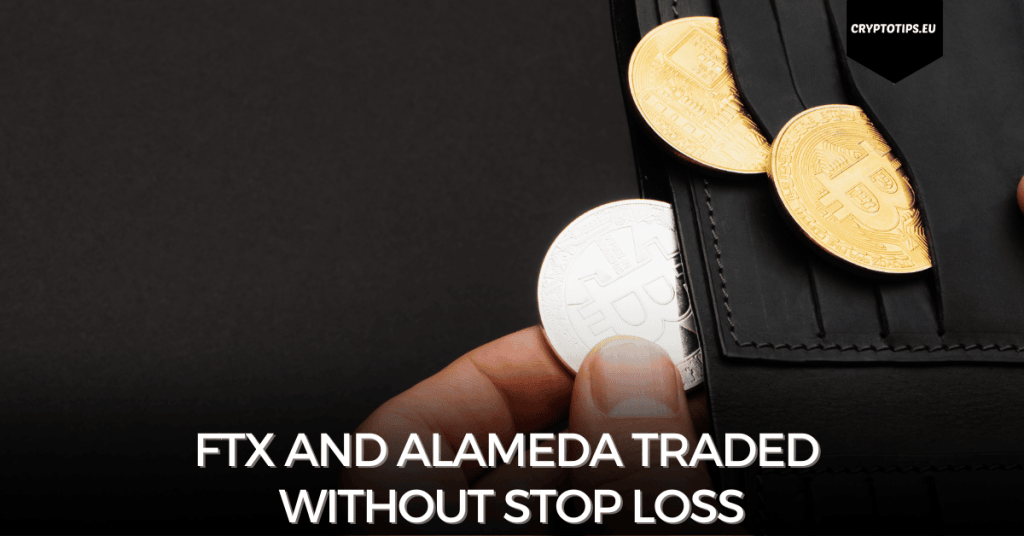FTX and Alameda Traded Without Stop Loss
Last Updated on 6 November 2023 by CryptoTips.eu
The full indictment against Sam Bankman-Fried, the founder of the now bankrupt crypto platform FTX, reads like a thriller. Now that it has become known how SBF (Sam Bankman-Fried) and Caroline Ellison, the CEO of sister company Alameda, cheated, we are ttruly amazed. Some highlights below.
Exception
In August 2019, the suit alleges, Bankman-Fried instructed his team at FTX to program an exception into the exchange’s code that caused Alameda, FTX’s regular trading sister company, to “run a negative balance so it could maintain his account regardless of any collateral requirements”.
“No other client account with FTX was allowed to hold a negative balance,” the SEC filing continues. Thanks to that attitude, Alameda’s account was then funded by assets from FTX customers every time they made a transaction.
Former Alameda CEO Caroline Ellison once admitted this in an interview that has since gone viral.
“We tend not to set things like stop losses,” Ellison said.
In traditional finance, a stop-loss order helps traders limit exposure to a potentially losing trade. When a stock reaches a certain level, the stop-loss order will automatically sell to limit losses.
Loans
Alameda also took huge loans from various crypto companies such as Voyager Digital and BlockFi Lending. As collateral, Alameda each time gave an account with FTX, usually funded by FTT tokens, of which SBF could make as many as he wanted.
In both 2020 and 2021, when crypto grew, everything went well.
However, the house of cards came crashing down when Luna, a stablecoin, imploded in the spring of this year. The ensuing crash devastated several crypto lenders and crypto firms and crypto prices plummeted. Alameda’s major backers, such as Voyager, went bankrupt.
The remaining lenders began executing margin calls or liquidating open positions with clients, including Alameda. From then on FTX had to pump money into Alameda and by November both companies went bankrupt.
